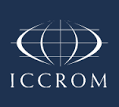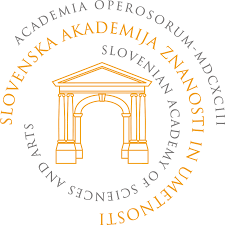Heritage Science Laboratory Ljubljana
Impact
Impact
Our research led to a number of outcomes that have had impact on training, science and research policy, as well as on decision making in heritage and other public institutions. Professor Strlič, the Lab lead, has taken part in the development of Strategic Research Agendas and agenda-setting events for various institutions, and frequently evaluates research funding proposals for EU programmes, as well as for national research funding bodies of Austria, Austria, Belgium, Czechia, Estonia, Italy, Poland, Portugal, Netherlands and Slovenia, and is a member of the UK EPSRC and AHRC Peer Review Colleges.
Policy
International Centre for the Study of the Preservation and Restoration of Cultural Property
Bridging the past with the future: heritage and foresight explores the concept of strategic foresight and highlight ICCROM’s recent investigation into the future of cultural heritage. While it marks only the first step in a broader initiative to trial foresight methods as part of strategy development at ICCROM, a picture is already starting to take shape of where the heritage sector may be headed in the years to come.
Heritage Science as an Instrument of Connection between the Sciences
The Council for Development at SAZU, organised a series of four Consultations on the theme “Heritage Science as an Instrument of Connection between the Sciences” in 2021. By addressing research problems with the tools of the different domains of science, engineering, digital, economics and the humanities, we improve the quality of life and strengthen social and national consciousness.
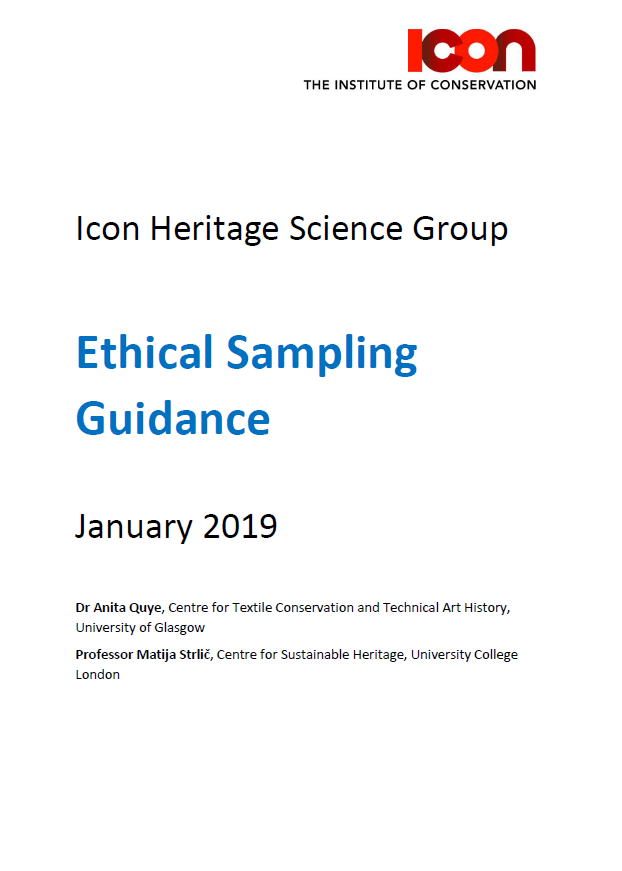
Icon Heritage Science Group: Ethical Sampling Guidance
Led by Dr. Anita Quye (University of Glasgow) and Professor Matija Strlič, the Heritage Science Group committee of the Institute for Conservation has developed Ethical Sampling Guidance for materials research. It aims to be a practical, flexible and adaptive tool for scientists, conservators, curators, stakeholders and others. The document provides a decision-making tool through the complexities and responsibilities of taking material from objects and sites and how to deal with this.
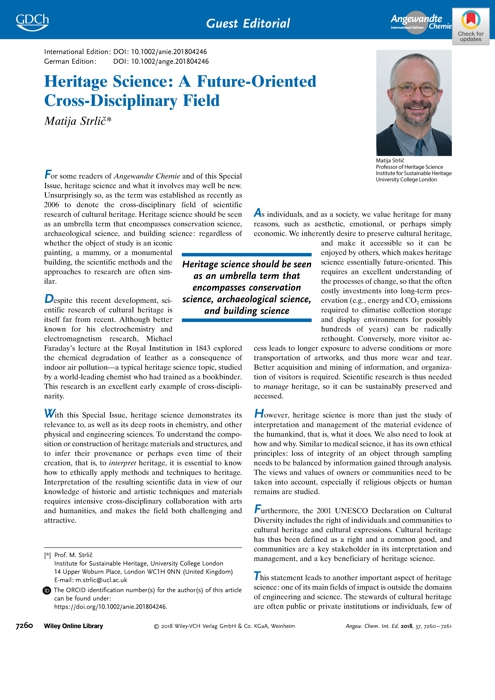
Heritage Science : a future-oriented cross-disciplinary field
The Editorial introducing the special issue of Angewandte Chemie dedicated to Heritage Science (2018) explores the challenges and opportunities for a young field such as heritage science. It particularly looks at the way that the field is shaped by arts and humanities research questions that provide the context for heritage scientific research, and looks at some directions that offer themselves as big and broad research questions for the next 5-10 years, enabled by better sensing and data analytical techniques. Read more in the Editorial by Professor Matija Strlič.
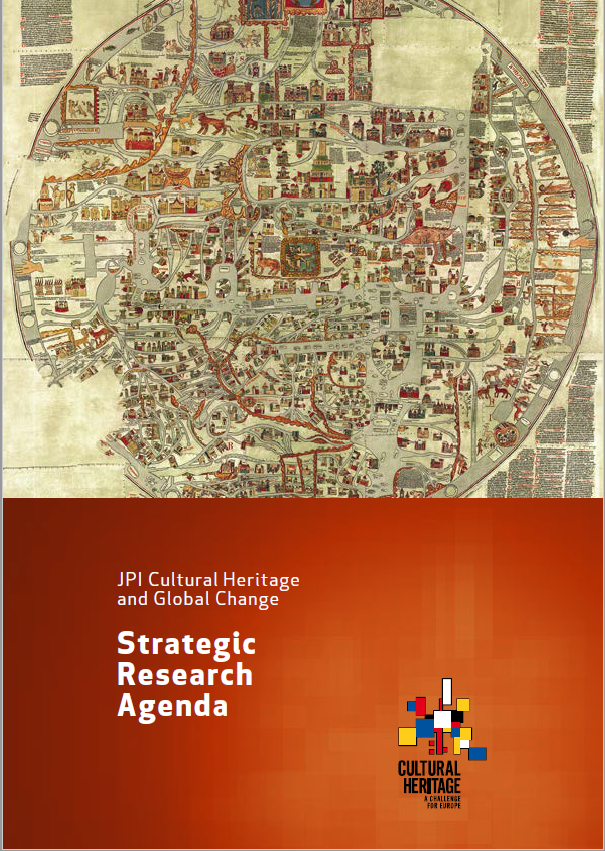
JPI Cultural Heritage and Global Change: Strategic Research Agenda
The SRA has been developed purposely with the aim to present cultural heritage as a holistic, integrated research area and presents a set of recommended areas of research for the field of heritage science. The SRA was developed with support by an international Scientific Committee, of which Professor Matija Strlič was a member. It recognizes the importance of values and how cultural heritage research should reflect values in society. Read more in the document.
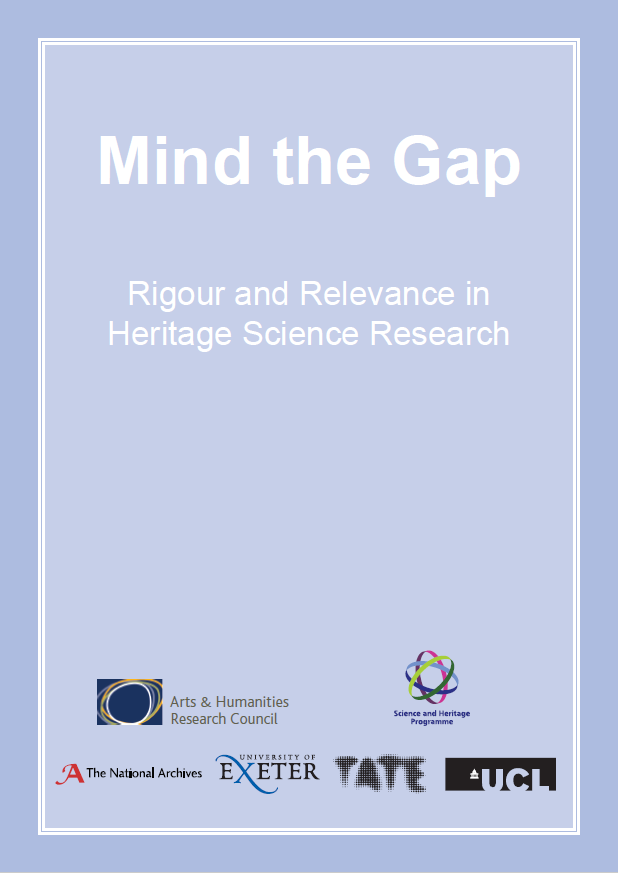
Mind the Gap: Rigour and Relevance in Heritage Science Research
The basis of the Mind the Gap study is a quantitative survey designed to assess the experience and attitudes of participants in heritage science collaborative research projects. In this report (2014), aimed at policy makers and research funders, the authors Nancy Bell (The National Archives, UK), Matija Strlič (UCL), Kalliopi Fouseki (UCL), Pip Laurenson (Tate), Andrew Thompson (University of Exeter), and Catherine Dillon (UCL) explore the difficulties of bridging the knowledge gap between cross-disciplinary research and practice and how to overcome them.
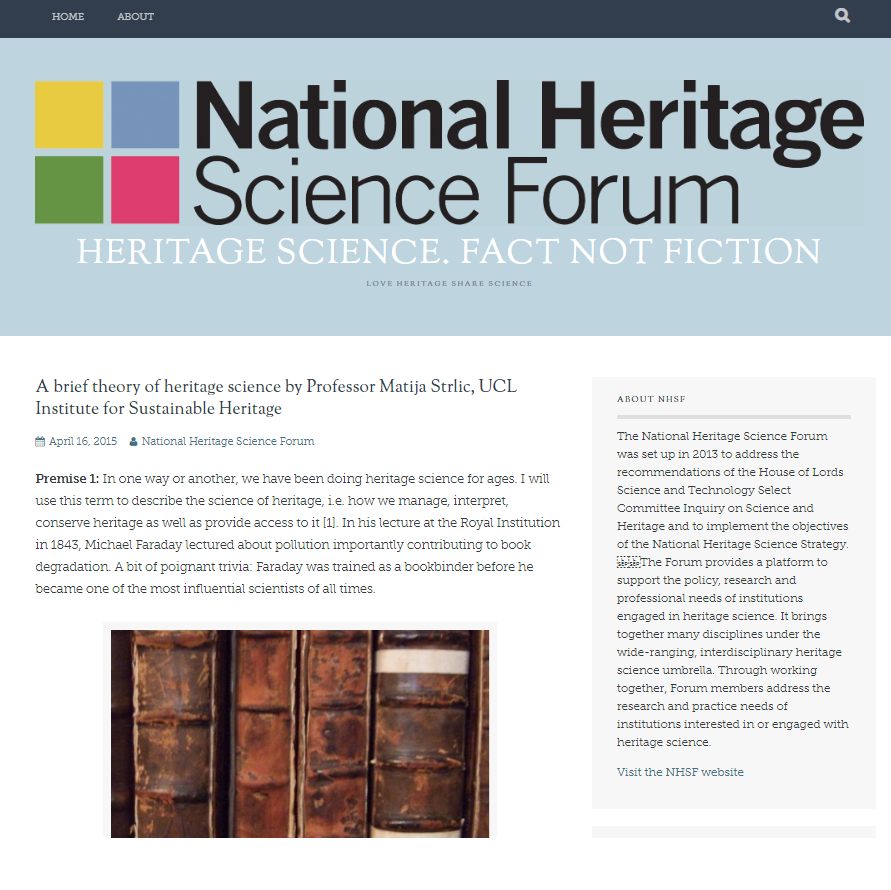
A brief theory of heritage science by Professor Matija Strlič, UCL Institute for Sustainable Heritage
Heritage science, being a young and emerging cross-disciplinary domain, still needs a set of cannons underpinning it and in this blog, professor Matija Strlič puts forward a set of ides that characterise heritage science research. In this Heritage Science Forum blog post (2015), a call for the domain scientists to organise into an organisation is also put forward.

Specification for managing environmental conditions for cultural collections: PAS 198:2012
The Publicly Available Specification was developed for the British Standardization Institute, and while not a standard per se, it sets out the foundations for a new approach to environmental management in heritage institutions, whether for the purpose of storage, display or transport. The document contains a set of instructions as well as a comprehensive summary of recommendations. It was developed by a team of domain experts including professor Matija Strlič.
Training

Creating an effective collaborative research environment
Prof. Matija Strlič with colleagues developed an online training video focussing on collaborative research and what its drivers and hindrances are. This is research carried out in collaboration between research-intensive organizations and practice-oriented organisations, such as public bodies or policy-making organisations. This training module is suitable for anyone embarking on the development of a collaborative research project, or those wishing to improve the management of complex interdisciplinary collaborative consortia. It may also be useful for funders in their design or monitoring of collaborative research programmes.
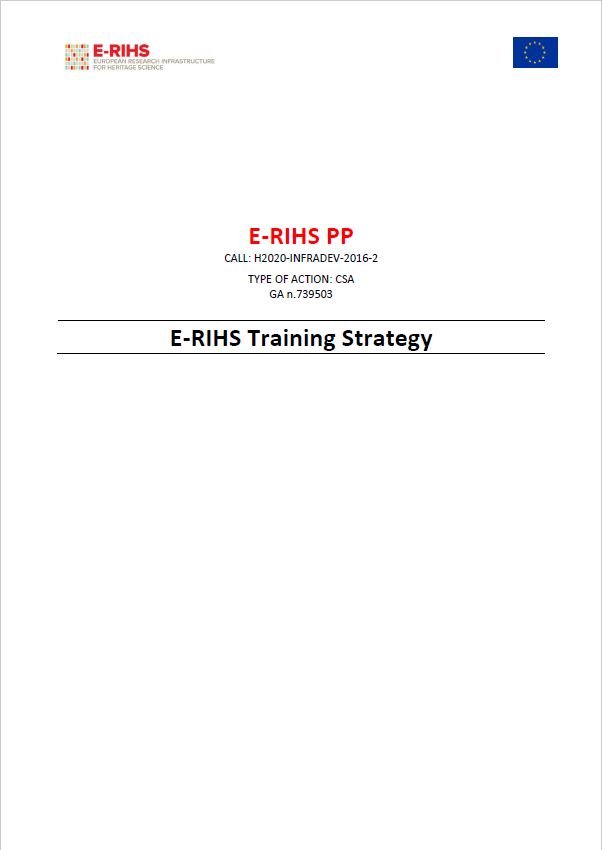
E-RIHS Training Strategy
As part of the development of the European Research Infrastructure for Heritage Science (E-RIHS), professor Matija Strlič led on the development of the E-RIHS Training Strategy (2019). The document explores the training needs within the E-RIHS Academy for access providers, users and managers of infrastructures. This document will form the basis of future training activities within the infrastructure.
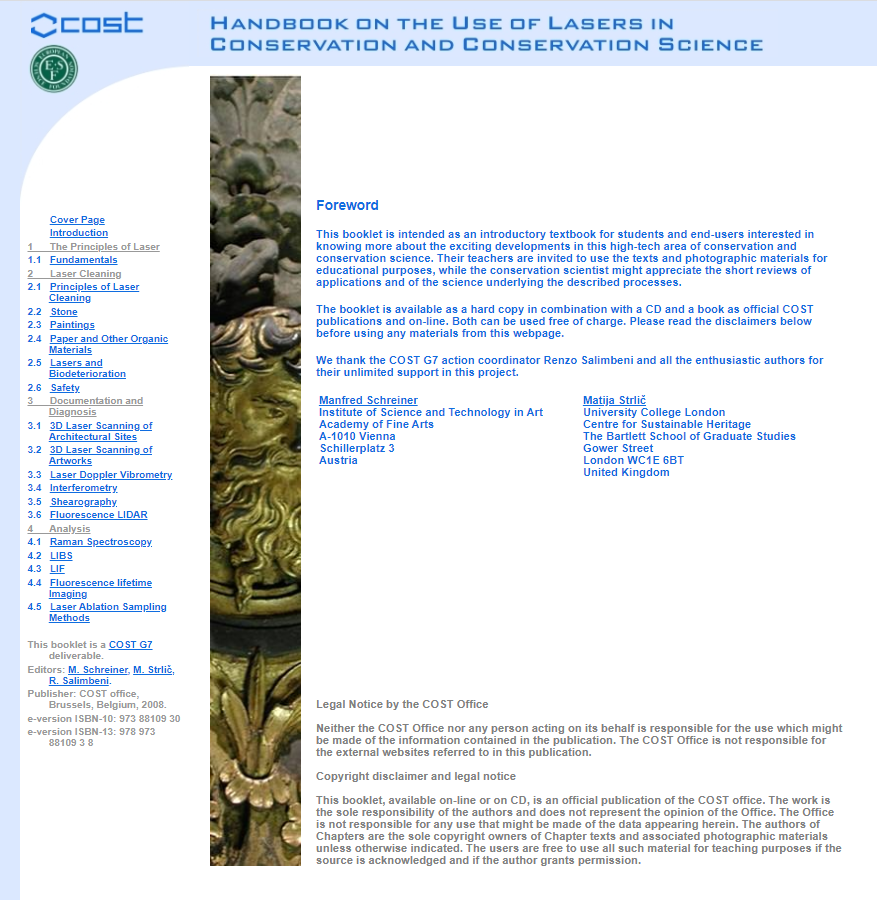
Handbook on the Use of Lasers in Conservation and Conservation Science
This booklet is intended as an introductory textbook for students, conservators and researchers interested in the use of laser-based techniques for conservation, particularly surface cleaning of heritage, as well as for analysis and characterisation, onften non-destructively. The booklet, co-edited by Professor Manfred Scheiner (Academy of Fine Arts, Vienna) and Professor Matija Strlič, was published as a CD by the COST office in 2008 and was meant particularly for lecturers, providing ample teaching material.
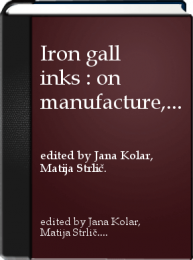
Iron gall inks: on manufacture, characterisation, degradation and stabilisation
The book, sadly no longer commercially available, summarized the state-of-the-art knowledge of iron gall inks, as used in the western culture for the past two millenia, but particularly after 1100. Used by scribes, writers, composers, and artists more generally, such as Rembrandt, da Vinci and J. S. Bach, the ink is known to pose a particular conservation problem in archives and libraries, and requires very specific conservation approaches. The book was edited by dr. Jana Kolar and professor Matija Strlič, and published by the National and University Library, Ljubljana, in 2006.

Ageing and stabilisation of paper
This book, now available electronically, summarized the knowledge of paper degradation in 2004, focussing on methods of paper characterisation, chemistry of thermo-oxidative, hydrolytic and photodegradation, as well as on stabilisation strategies. The book was a large clllaborative effort of many experts and was published by the National and University Library, Ljubljana, in 2004.
Header photo credit: Embassy of the Republic of Slovenia in the UK.

